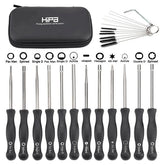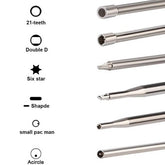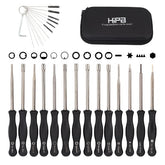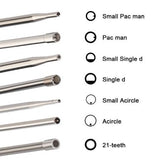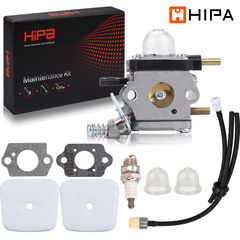How Does A Generator Work?
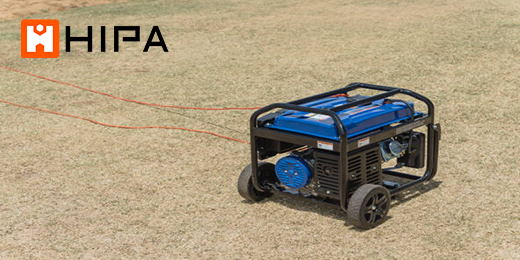
Generator won’t start, runs unevenly, or won’t stay running? This blog provides information on how a portable generator works and offers troubleshooting tips to assist you in diagnosing and repair.
While portable generators can vary from model to model, they operate on similar principles. Producing power by using a gasoline engine and an electromagnet. In this blog, we will address how a generator with a voltage regulator and a brush system works as well as potential problems you may encounter.
Assuming the engine is running properly with a top speed of 3750 RPM with no load applied. The generator may use a rotor, stator, voltage regulator, and brushes to generate 120 volts of alternating current, 240 volts, or both.
Rotor
The rotor is essentially a magnet that rotates inside of a conductor, like a copper coil, creating a magnetic field that induces current.
Stator
The stator has three main copper coil windings, the excitation winding, and two voltage output windings that create the rotor’s magnetic field. The excitation winding sends voltage to the rotor through the voltage regulator and brushes. By increasing or decreasing the voltage applied to the rotor, the generator controls the voltage of the output windings. The voltage regulator converts the voltage sent to the rotor from alternating current to direct current and monitors the output winding voltage as well.
Regulator
The regulator has a present reference voltage that the output windings should produce. In North America, that voltage is 120 volts of alternating current at 60 hertz. If the output voltage is too low, the regulator increases the direct current voltage being sent to the rotor to strengthen the rotor’s magnetic field. Conversely, if the output voltage is too high, the regulator will decrease the direct current output to the rotor to weaken the magnetic field.
Potential Problems
If the generator is not producing current at all, you should first determine if an outlet breaker has tripped. It is also possible that the rotor has lost its residual magnetism which can be reintroduced by a process called flashing the field. To do this, you can use a 12-volt DC battery and two jumper leads with quarter-inch terminals or alligator clips:
1. Disconnect the 2 wires from the brush block,
2. Then connect the negative lead from the battery to the negative brush terminal furthest from the rotor bearing.
3. Connect the positive lead to the terminal closest to the bearing.
4. Start the generator engine and allow it to run for a few seconds. Be careful not to touch the leads.
5. Turn off the engine, disconnect the jumper leads, reattach the brush wires and confirm that sufficient output current is being generated.
If the generator is still failing to produce power, you should inspect the brushes. If the brushes are worn down or damaged, they will need to be replaced. If the brushes appear to be in good shape, then the voltage regulator may be defective.
The rotor and stator can potentially fail as well, although this is not a common problem.
Hipa Repair Center has a solution for many of the problems you may be experiencing with your lawn and garden equipment. Enter the product’s full model number in our website search engine for a complete of compatible parts. Hipastore.com also has an extensive selection of instructional blogs to assist you covering topics like part replacement. At hipastore.com, we make fixing things easier.
Revive Your Machine With Hipa All-In-One Kit
Please let us know if this works and if you have any suggestions or comments. Or you can join HIPA DIY COMMUNITY to feature your passion for repair projects, share your stories with the Hipa family and get help from hipastore.com.













